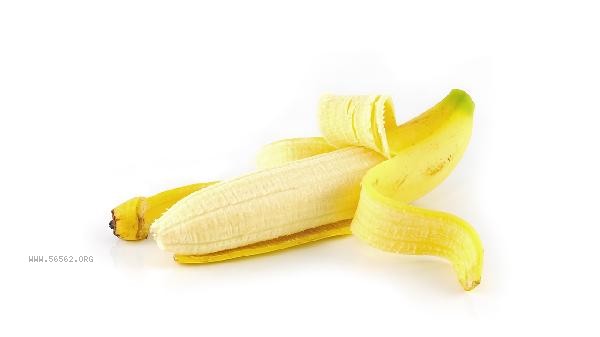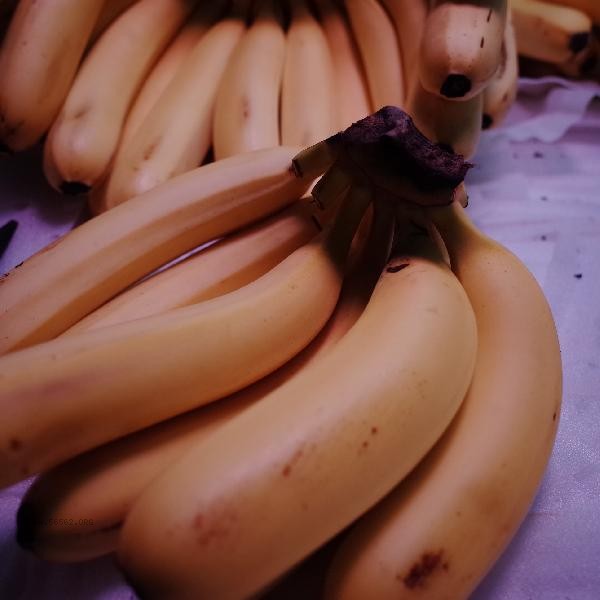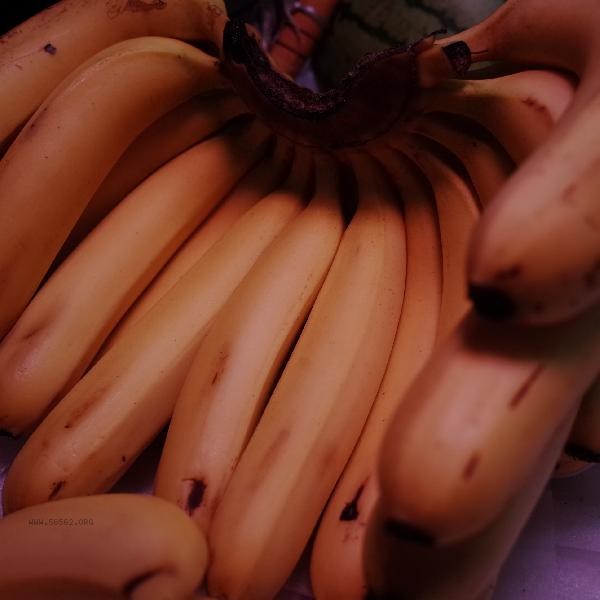Bananas can be blanched in hot water for 1-2 minutes, as prolonged boiling can lead to nutrient loss and a decrease in taste. Hot bananas are mainly used to soften the flesh, reduce astringency, and enhance sweetness, making them suitable for making baby food or for people with weak digestion.

Banana skin contains tannic acid, which can be decomposed into some astringent substances by short-term boiling, while promoting fructose conversion and enhancing sweetness. It is recommended to control the water temperature at around 80 degrees Celsius to avoid boiling water directly impacting the fruit pulp. Immediately rinse with cold water after scalding to stop the heating process and retain more vitamin B6 and potassium elements. If used in the production of complementary foods, it is necessary to ensure that bananas are completely peeled to avoid residual pesticides or impurities on the skin.

In special circumstances such as bananas that are too raw or require sterilization treatment, boiling can be extended to 3 minutes, but it will result in a loss of more water-soluble vitamin C. Mature bananas with black spots on the skin do not need to be boiled and can be consumed directly to preserve their aromatic compounds. Patients with diabetes should pay attention to the fact that the sugar index of scalded bananas will rise slightly, and the consumption should be controlled.

Choosing bananas with moderate maturity for blanching yields the best results. Overgrown green bananas contain a large amount of resistant starch, which may still cause bloating after blanching. Hot bananas are recommended to be consumed on the same day to avoid oxidation and browning. In daily life, hot bananas can be paired with sugar free yogurt, or mashed with oatmeal to maintain nutrition and enrich dietary fiber intake. People with normal gastrointestinal function can directly consume fresh bananas to obtain complete nutrients.








Comments (0)
Leave a Comment
No comments yet
Be the first to share your thoughts!